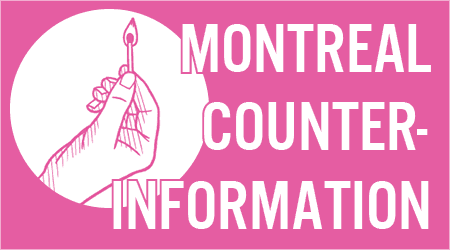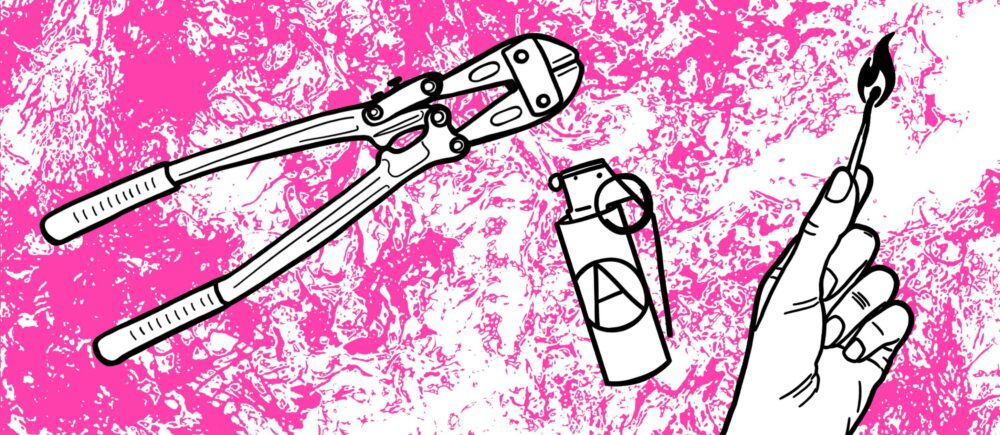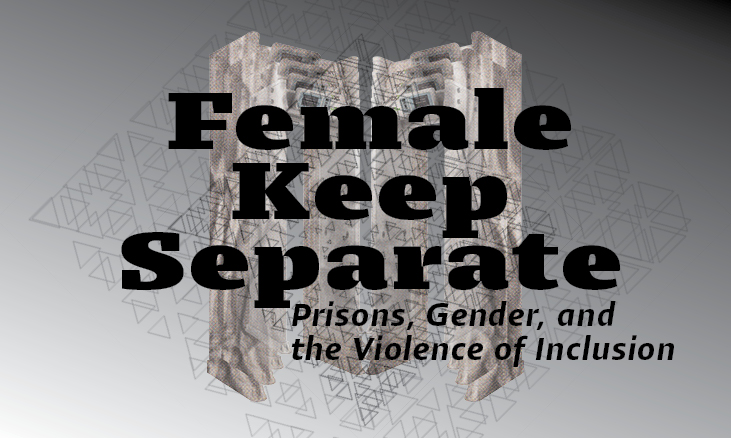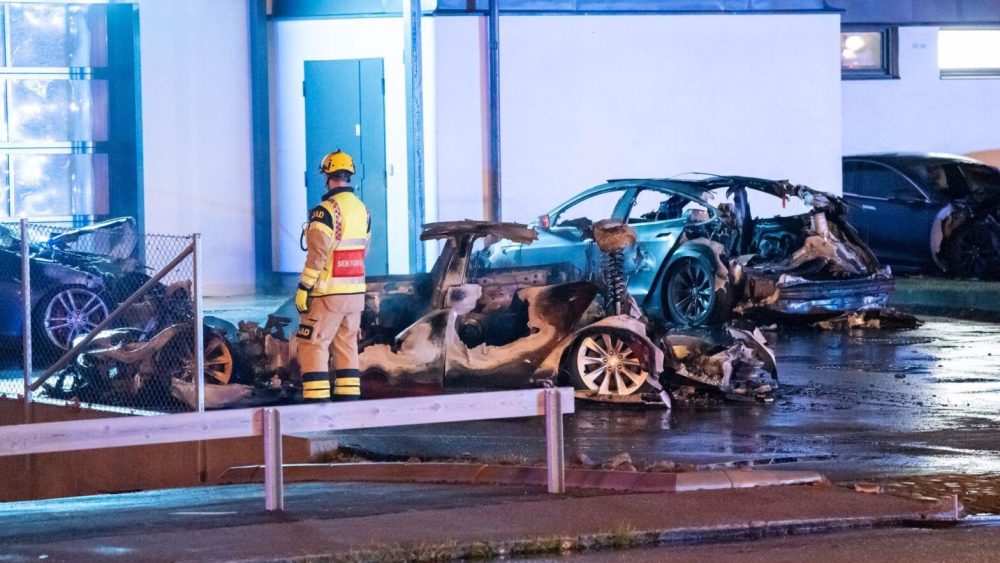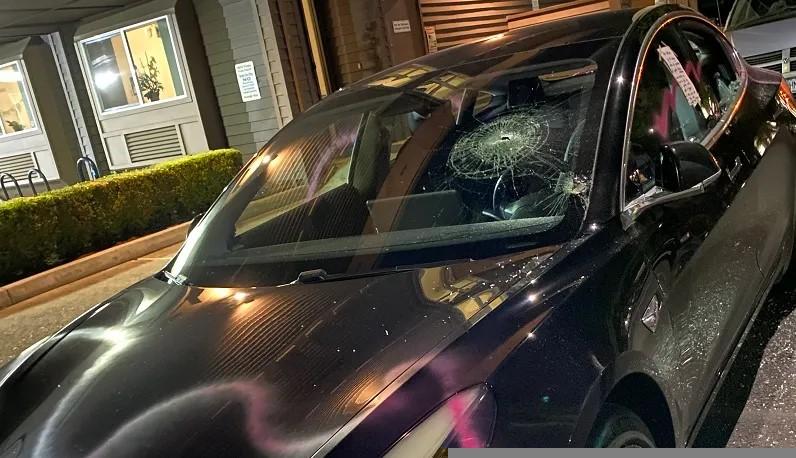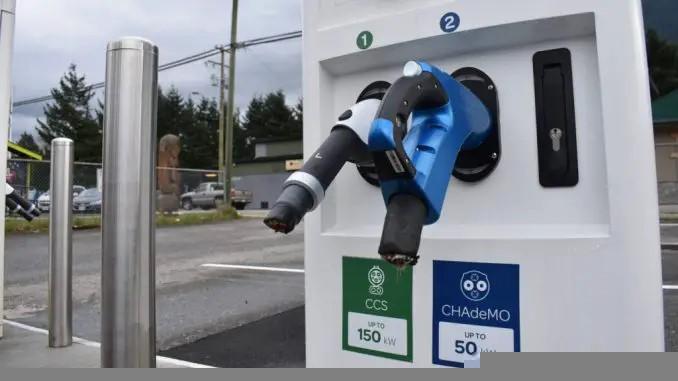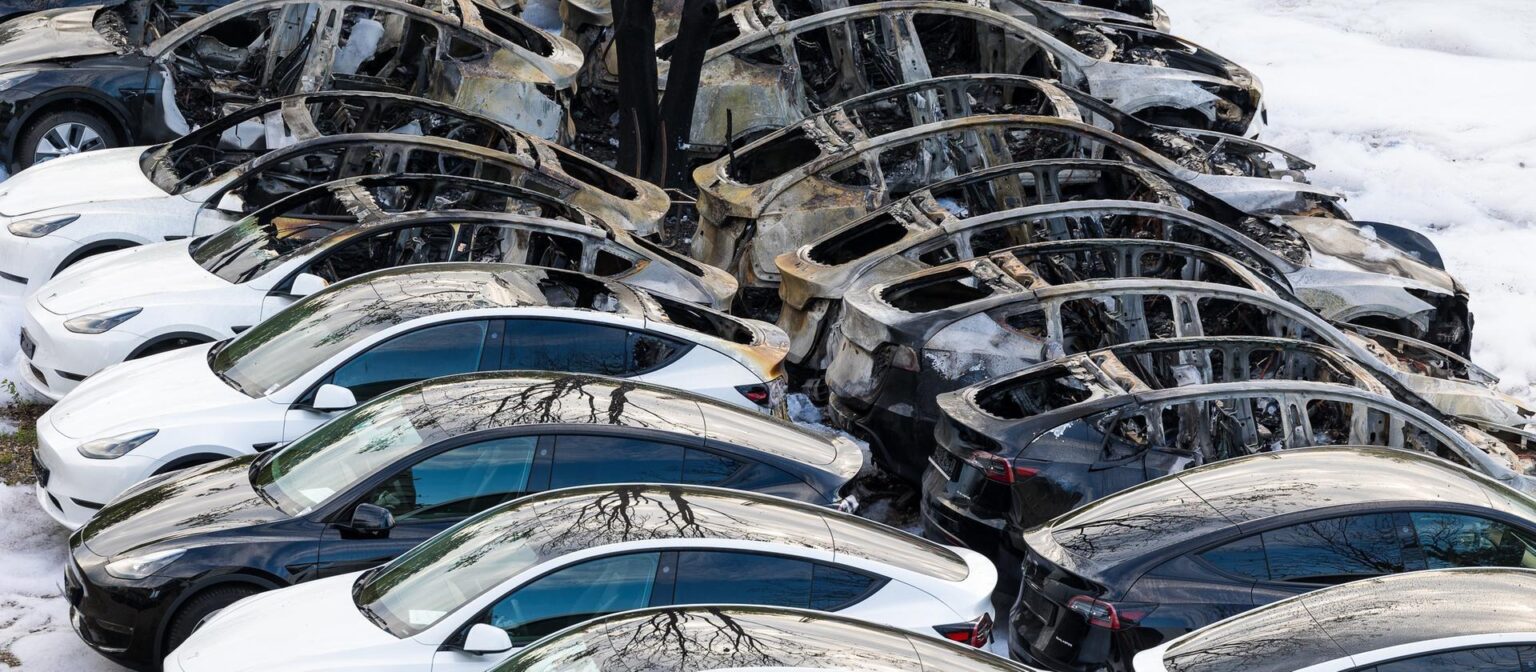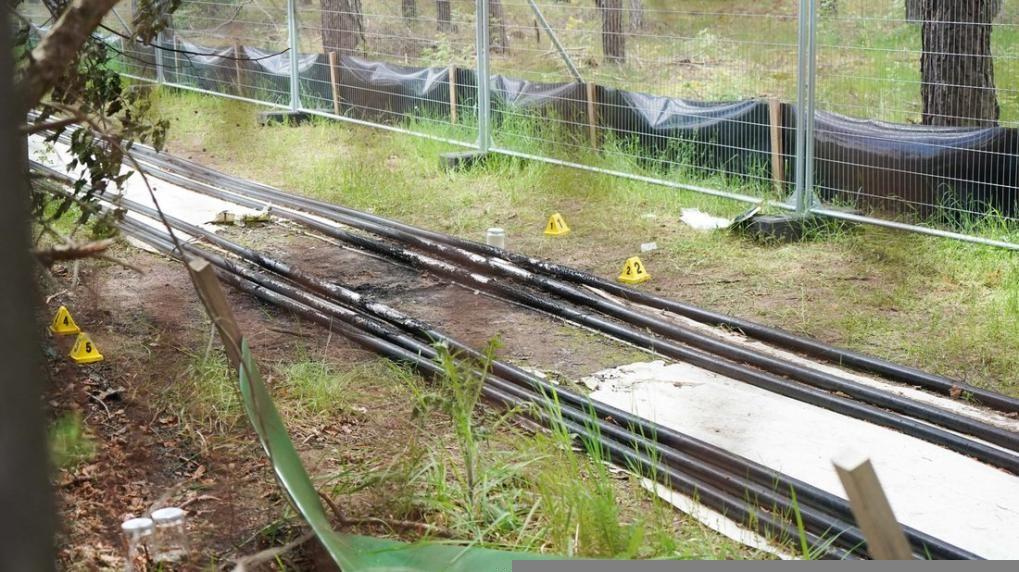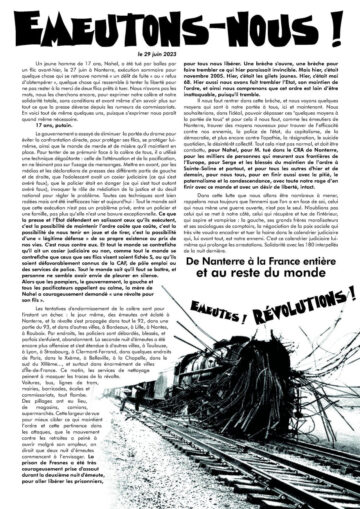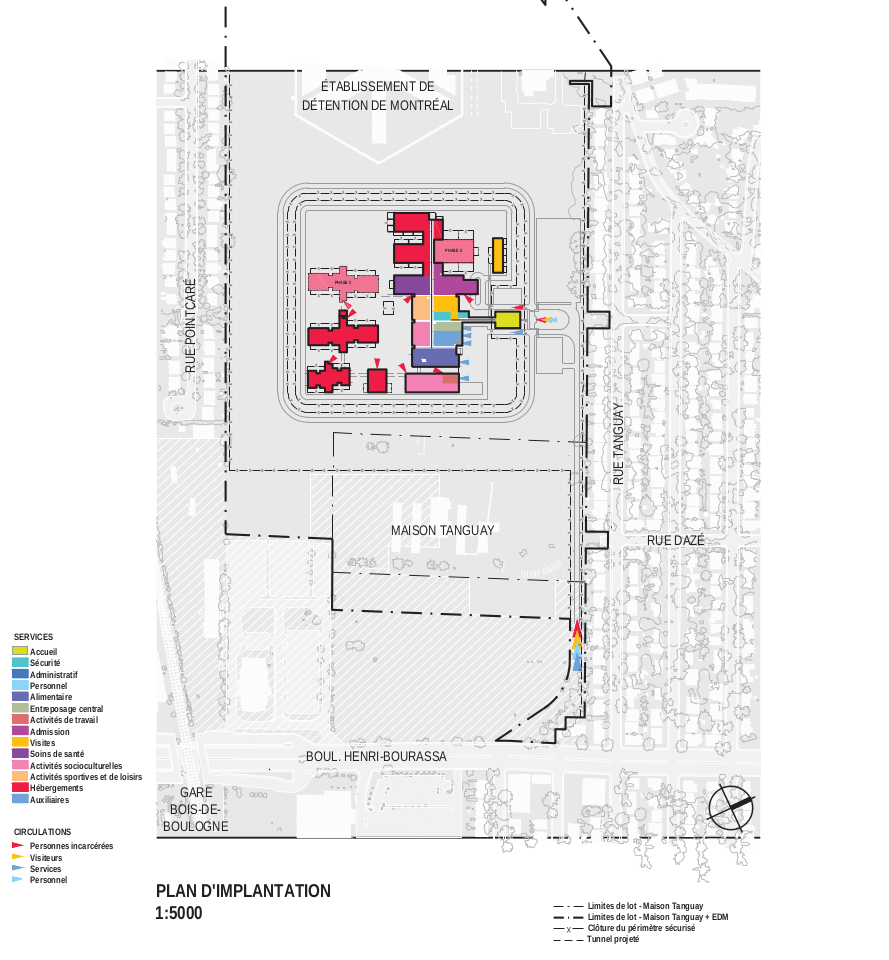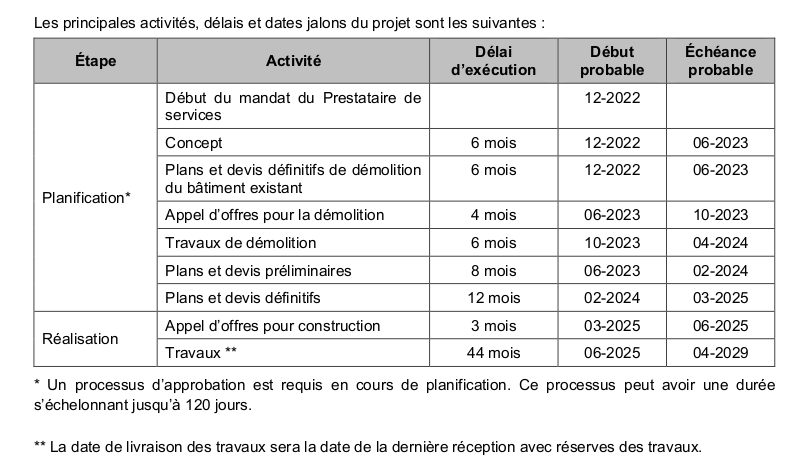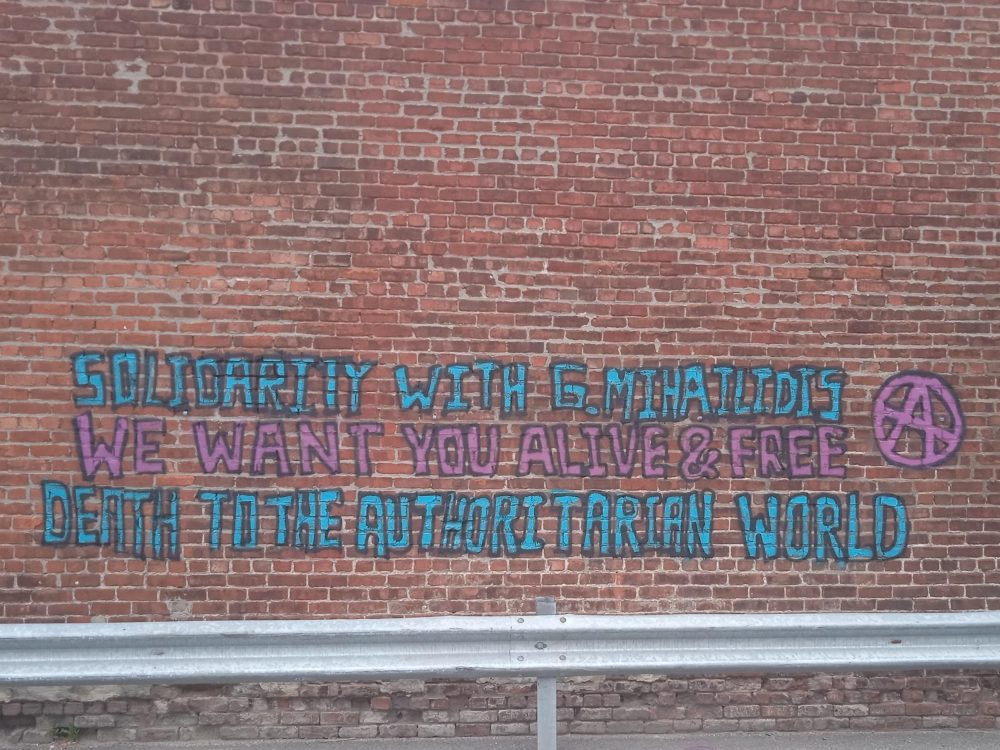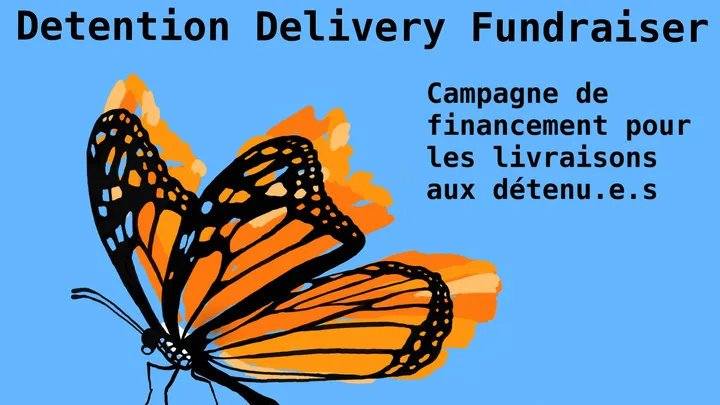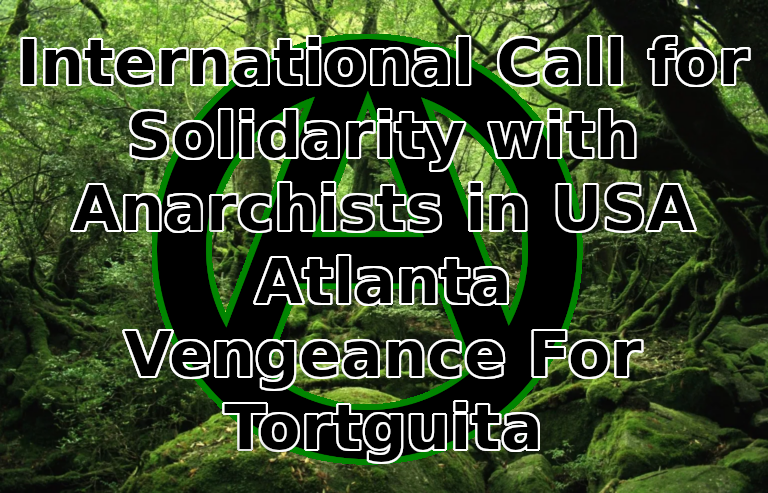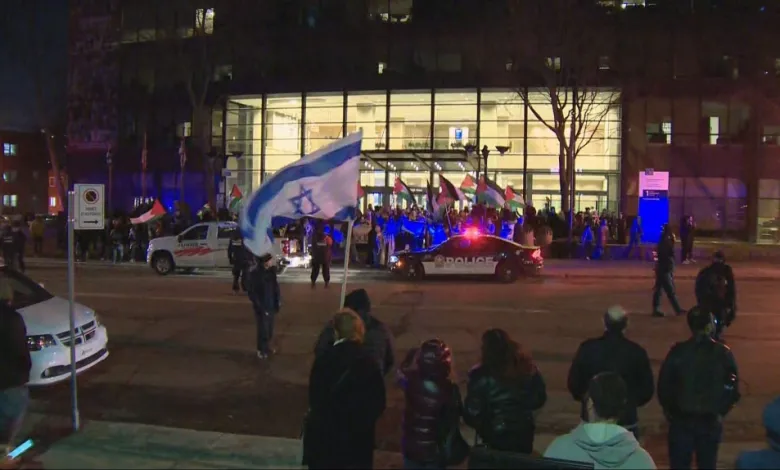
Anonymous submission to MTL Counter-info
Yeah, it’s a fucked up title, I know!
But it’s a fucked up world, isn’t it?
THE FACTS
On March 2, there was a real estate event in Thornhill, a suburban community within Greater Toronto. The event took place at a synagogue, and people were there to buy properties in Palestine. So there was a protest. One guy, who I guess we can probably call a Zionist, showed up with a nail gun, shot at people, and landed a few hits. Apart from this guy, there was representation by the Jewish Defense League (a brand strongly associated with the politics and thuggish approach of its progenitor, the rabbi Meir Kahane) in the security detail for the synagogue.
Basically the same event happened on Tuesday, March 4, at Montréal’s Spanish and Portuguese Synagogue, starting in the afternoon. I came to the neighbourhood of Côte-des-Neiges (not my usual part of town) for this event; this was the first time in my life that I have ever personally gone to any demonstration targeting an event at a synagogue.
It was a day after another small crowd, on Monday, March 3, just across MacKenzie King Park from the synagogue, blocked access to “a building that also houses Montréal’s Holocaust museum” (as some have been putting it) for a few hours. What was happening there was a talk by IDF reservists that the local Israeli and pro-Israeli activist cohort had initially planned to have happen at Concordia University.
This is a Jewish neighbourhood. In response to the demonstration, which sought to prevent access the building, a counterprotest formed. Dispersing and on the way to the métro station on Monday, there was a physical confrontation instigated by pro-Israeli protesters, in which a banner or a flag was seized; this devolved into a situation where some people were arrested. The next day there was more shit. A presumably mostly Jewish crowd with a bad sound system faced off with a Palestinian and pro-Palestinian crowd with a good sound system, starting around 3 pm. Nearby Jewish schools were shut down early. Nothing stabby happened, but a small crew of proto-JDL goons were present to do security, liaise with the SPVM, etc., and there were certainly many opportunities for some kind of ugly incident to happen on the sidelines – in the park, or at an intersection nearby – especially once the Sun had set.
By now, Memri TV has circulated its supercut of some of the worst lines from the Tuesday event. I want to note that, while obviously this is manipulative, the vibe is not entirely wrong. It’s not taken out of context. You never know with a hasbarist, but I presume they wouldn’t be so bold as to provide blatantly false subtitles for the Arabic.
On Thursday, as I began to write this article, another synagogue in Thornhill was the target of a demonstration. Arrests were made, and I don’t have the details, but I have been told they were pro-Israeli folks. The synagogue was the venue for yet another real estate event, this time, like the event on Tuesday in Montréal, selling properties in the West Bank. The event on Sunday had been mistaken for this one, where none of the properties on sale were in territories occupied by Israel after 1967; that event had gone ahead, however, because the demonstrators also reject the legitimacy of properties in Tel Aviv being sold.
LIKE, MY OPINION OR WHATEVER
I don’t think it’s worth much time second-guessing the actions of others. To everyone in the pro-Palestinian movement right now who isn’t ready to hear this criticism, fair enough. Maybe it doesn’t apply to you – and fuck, you’re certainly dealing with a lot of criticism right now that is bad faith and concern trollish, so I get why your defenses are up.
Although I can’t speak to its tactical execution or to the individual politics of every person who showed up (I wasn’t there), I think that what happened on Monday night, in Montréal, was entirely appropriate. The same building was the target of an occupation of the lobby in 2014, that time by a crowd of actually Jewish activists who, in the context of uneven exchanges of bombardment happening then, opposed the Federation CJA’s (that is, the local Jewish community council’s) position on, and indeed support of, the occupation of Palestine.
But what happened the next day was pretty fucked up. Not for the asinine reason that it is never appropriate to protest at a synagogue as a non-Jewish person, basically for any reason you want to, but because of who was on the mic and how the danger dial got turned up yet again, and this time for no strategically good reason.
I am not involved in these organizing group chats, but what I understand is that, after the events of Monday evening, which were already being widely reported (and to be be sure, lied about), there was a general sense in a large section of the local pro-Palestinian movement – for instance, in both the Palestinian Youth Movement and Independent Jewish Voices – that something needed to happen to oppose the real estate event at the synagogue, but it would have to have very different “optics” than what had happened at the Federation CJA building. This was supposed to look like a “Jewish-led event”. Incidentally, one had already been planned on Tuesday for several days before Monday, since the synagogue was not willing to cancel the real estate event.
What happened, however, is that another group apart from the PYM and IJV, called Montreal4Palestine, swooped in and organized their own event for when the real estate event was actually going to happen, at 3 pm. Their event brought a predominantly Muslim crowd, along with a handful of mostly silent, sign-holding Neturei Karta guys, to the area in the afternoon. I only knew about the IJV event, which started around 6 pm, because I don’t follow Montreal4Palestine’s Instagram account and I hadn’t checked local news.
I do not know what thought process, or lack of thought process, brought this about. I suspect the personalities who operate the Montreal4Palestine didn’t even know that IJV had planned this thing. If they did know, I can imagine one good reason for organizing something earlier in the day, which is that, if the event is happening at 3 pm, there is no possibility of a blockade or a disruption – as had happened on Monday – if the opposition is only showing up at 6 pm.
Beyond that, though – what the fuck?
Sorry for the run-on sentence, but it’s the same vibe as some of what I heard from the mic on Tuesday. At least one of the guys on the mic had some mixed up ideas about the Jews who were living in 7th-century Medina that he got from his religion (who, the hadith tells us, were very bad Jews indeed), modern-day conspiracy theories about Jews “colonializing” Germany that he probably got from YouTube, and some kind of half-baked version of an anti-colonial counterhistory – when he mentions that Jews that “oppressed” and “colonialized” South Africa, this is true insofar as a countable number of individual Jews were broadly speaking involved in or complicit with the consolidation of a settler-colonial and/or apartheid state in South Africa, but of course in a subsidiary and second-order role, as has also been the case with the colonization of Turtle Island (where, so far at least, you don’t see people outside of gurdwaras or in Chinatown bringing up the true fact that Sikhs and Chinese people, or certainly countable numbers thereof, are complicit in the Canadian colonial project) – and I have to ask, Why the fuck does this guy have the mic?
A full discourse analysis isn’t worth anyone’s time, but obviously a lot of what Memri TV highlighted isn’t that bad, in isolation. To offer another opinion: the guy in the keffiyeh who spoke the most in their supercut definitely has some weird ideas, and he clearly let his impulse to be provocative drive him to say a few fucked up things that, well, go beyond his expertise (for instance, when he spoke about who is “the true Jewish”). But whatever, he’s just one guy, and I have no doubt in my mind that in situations where adversarial social movements face off one with another, people are going to get hyped up and say stupid shit.
The question, for me, is why do this sort of thing at all. There was never any realistic possibility of disruption; the SPVM were in force in the neighbourhood by 2 pm, as any dedicated Montréal anti-systemic street activist should have expected. Hence a brawl of any kind over access to the synagogue – which I don’t think would have been a good idea, in the same way that I think that showing up to Montréal’s palais des congrès on April 21, 2012, wasn’t a good idea – would have been resolved decisively in favour of the pro-Israeli side in every respect.
This is not Concordia University, e.g. a downtown battleground, and neither is it a building somewhere in one of Montréal’s industrial parks where work is being done that will materially aid the Israeli war machine. It’s not the port, out of which something might be shipped to Israel. It’s not a lab that collaborates on weapons development with a lab in Israel somewhere. Except insofar as police resources may have been drawn to Côte-des-Neiges, which perhaps somewhat diminished the capacity of the police to respond to new events elsewhere in the territory of Montréal (I do not know of any anti-systemic action that took advantage of this during the hours of the opposing Tuesday rallies), it is clear that this did absolutely nothing to materially advance the struggle for a free Palestine.
Instead, it has rattled some of the shakier solidarity with the movement for a free Palestine that exists in local Jewish communities in a way that the events of Monday had not, and led to all sorts of capacity-diminishing soul searching and anguished exchanges on social media and over text.
There are some who will not be bothered by losing fairweather allies, but this is short-sighted. Whereas the Neturei Karta guys will probably stick with the free Palestine movement through thick and thin, they are also never going to actually do anything. Jewish anarchists, on the other hand, have a range of beliefs, and they might even be willing to hold to their opinions no matter how much you say that that’s kind of a colonial or privileged attitude. It is possible that they won’t be stoked by chants of “Judaism yes, Zionism no” in the full context of other shit that was being said. So perhaps they’re sensitive snowflakes and demanding brats – maybe. What Jewish anarchists (and their friends!) bring to the table, however, is an at least occasional willingness to do direct action that is actually useful, that generates productive conflict, rather than capacity-diminishing mutual acrimony that the police don’t even need to stoke themselves, of the kind that Tuesday’s events brought into being.
In the proper circumstances, like for instance a blockade, I am willing to hold my nose to work with people who don’t think exactly the same way as I do. Anyone who has spent any time in an Occupy encampment or at an indigenous-led blockade has had to deal with someone who believes in run-of-the-mill conspiracy theories, the false dream of international law, or some other kind of distracting inanity – and in the crucible of conflict with a more important adversary, like the SPVM or the RCMP, these differences of ideas don’t amount to much.
But the protest at the Spanish and Portuguese synagogue on Tuesday was different. There was no conflict that the SPVM did not have well taken care of. Even if we took the police out of the equation, and there had been direct conflict with “the Zionists”, I think it is worth asking whether or not it was a good idea to oppose them on their own turf, in a neighbourhood where they are thick on the ground, where the most hormonal, virile, and stupid as well of their youth go to school. Personally, I think that this is not worth it – certainly not a day after another action that was successful, and which therefore, in the logic of the forces of order (who very much still have a handle on things in the local context), cannot be allowed to be repeated the next day.
Of course it would have been a bad thing to let the real estate take place entirely unopposed, but that would have not happened. Yes, the Jewish-led event, scheduled for 6 pm (which, as an outsider, I have to insist was a mistake, it should have been scheduled for earlier), would have been wholly symbolic – but there is clearly some value in anything that creates fissures within the Jewish community of default sympathy for the Zionist cause, that demonstrates the non-identity of Jew and supporter of Israel in a way that cannot be ignored.
That didn’t get to happen. Sarah Boivin might have said some real shit, but the Jewish-led event effectively did not happen at all because Montreal4Palestine had swooped the earlier time slot. And the M4P folks did not cede the mic at 6 pm, either; a number of people who had been speaking in the hours earlier continued to say some dumb shit. A very rusty anti-oppressive framework, sorry heritage of the QPIRG scene and a cliché version of what well-salaried scholars tell us we were supposed to learn from the struggle of Black people in the United States, suggests that this is as it should be – Jews as mere auxiliaries to a Palestinian-led movement, the oppressor class submitting to the leadership of the oppressed.
As anarchists in Montréal, though, I want us to finally catch up with comrades in some other cities’ anarchist scenes and start and identifying this half-baked claptrap as not fucking good enough. Not fit for purpose, if it ever was. These are not ideas that uphold revolt, insurrection, revolution, or “positive change” of any kinds; they uphold the management of those energies that could otherwise produce graffiti, food given away for free at the corner, upside-down cruisers with their windshields smashed in, and disrupted supply chains, including those chains that sustain the Israeli national project.
Every social movement benefits from individuals freely associating, developing their own capacities to struggle, and establishing an independent range of action that doesn’t tie them to the bad decisions of other elements of the movement – for instance, those that content themselves with symbolic actions, lazy provocations, and predictable maneuvers. Like what happened on Tuesday.
Refusing to say these things publicly, out of fear of “throwing our allies under the bus”, is also not a good idea. Anyone who isn’t myopically committed to the growing power of the social movement, which is heterogenous and therefore mostly bad and not good (because fuck this pseudo-Trotskyist “multitudes” bullshit, we need influential minorities and not every asshole we can round up), should be able to come to their own idea about Montreal4Palestine, about how much the crowd as a whole should wear the worst excesses of certain speakers that Memri TV thought it was worth it to highlight, and so on – but they would need to know the story of what actually happened. The public statements available so far, crafted by activists using a consensus process over group chat, have not been up to task of letting people reach their own conclusions.
THE FUTURE OF LOCAL SYNAGOGUE PROTESTS
On Wednesday, March 6, a judge has banned protests for 10 days at the synagogue, the Federation CJA building, and a few other Jewish institutions in the same radius of a few blocks. It expires Saturday, March 16.
On Thursday, March 7, at a small pro-Palestinian event held in another part of town, a certain fellow whose name I shall not disclosed positively mentioned the website of Yves Engler, who is at a minimum annoying as hell, and promoted Assad regime supporter Aaron Maté’s speaking event at Concordia’s Hall building on the evening of March 15, a day when there is pretty much only one evening event in Montréal that’s worth promoting.
This same man, in his pontificating, told everyone gathered that they should oppose the Zionists and defy the injunction.
Personally, I have defied a bunch of injunctions like this over the years, and I generally think it is a good thing to do, because fuck the authority of the courts. But following this idiot once again into the breach – that is, once again into the Jewish neighbourhood around MacKenzie King Park – not even to protest any particular pro-Israeli event that the injunction protects, but simply the injunction itself, is plainly a waste of time and resources. A crowd of angry Jews will form, and some of them will probably be provocative in their own way. The stupidest person in the pro-Palestinian crowd will say or do something fucked up at some point (like how at least one person yelled “Death to Israel, death to Jews” in Arabic during the Monday action), and then a thousand stupid people on the internet will say that what is predictable, what is frankly very human, was definitely just a hasbarist fabrication, an AI-generated deepfake, etc., rather than a real racist thing that a real person really said.
Of course the police, empowered by an injunction and feeling more sympathy with Jews (Zionists, Israelis…) than Palestinians (Arabs, terrorists…), will probably crack heads. They will do so with no discrimination for whichever young well-meaning Concordia University student is there for their very first direct action.
Fuck this shitty plan offered up by this dusty campist.
If actions for a free Palestine continue happening in this corner of Côte-des-Neiges over the next week (or for however long the injunction is extended), or in any other conspicuously Jewish area of Montréal, anarchists should note that – but mostly to note that police resources will be tied up in that area at that time, indicating that perhaps we should be somewhere else, doing something else. Whether that something else is related to Israel, the war, or anything else “on theme” is an entirely different matter.
And people ought to get a fucking clue: we need to fight in our own neighbourhoods; otherwise, we need to fight at sites of production and at logistical hubs; we don’t need to follow the leader when the leader is an idiot (and in fact we should maybe shut him the fuck down); and things are far too serious to let ourselves lose a grip on what we’re trying to do and why we’re trying to do it.


